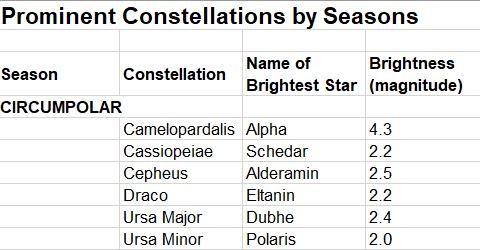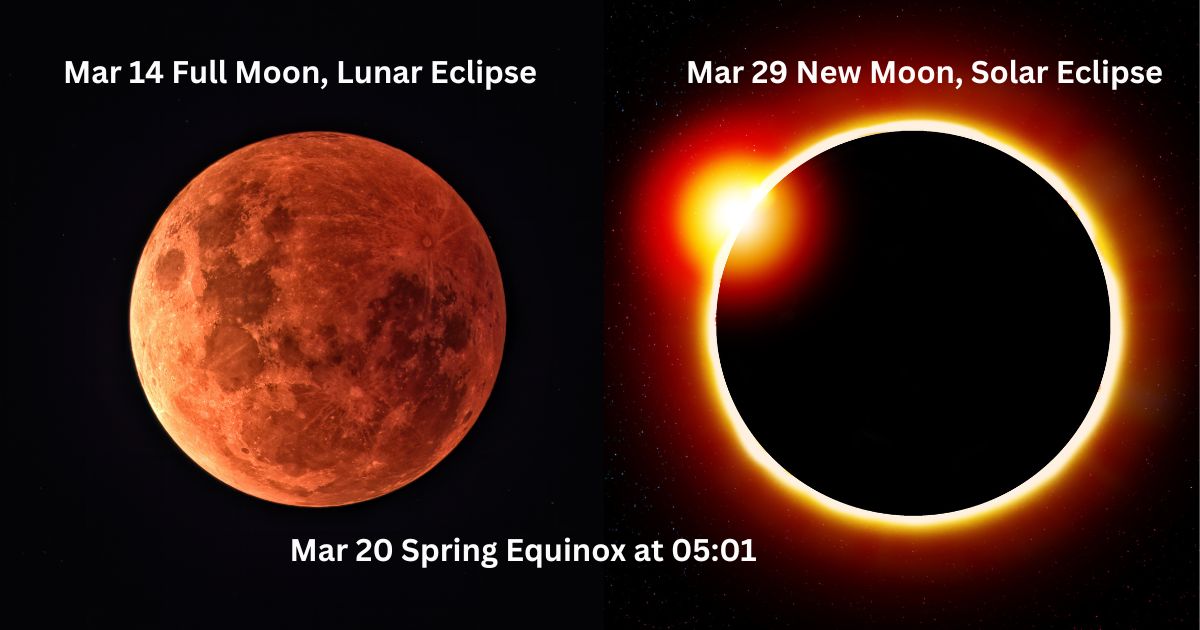Two major planets are still visible, with Jupiter east of the meridian and Saturn lower to the west. It gets dark by about 16:21, so there are plenty of comfortable hours to take in the solitude of the night sky. At mid-month, the popular constellation Ursa Major, and the Big Dipper at its core, rides just above the northern horizon at 20:00. When viewed so close to buildings and trees, we get a better sense of the great extent of this constellation. The Moon returns to the evening sky in mid-month and passes Saturn on the 17th. The pairing in the west of the star-like planet and the crescent Moon (31% sunlit) makes a fine picture.
NOTEABLE EVENTS
DECEMBER
4 (Mon) Mercury at eastern elongation in evening, Moon at Apogee
13 (Wed) Geminids Meteor Shower
16 (Sat) Moon at Perigee
18 (Mon) Sun enters Sagittarius
22 (Fri) Solstice
27 (Wed) Full Moon


METEOR SHOWER
Wednesday, December 13th, 2023 the Geminids will start under a dark sky, but a gibbous moon will interfere after 10 p.m., so this, too, will be an unfavourable year.
THE STARS TO SEE



One of Canada’s foremost writers and educators on astronomical topics, the Almanac has benefited from Robert’s expertise since its inception. Robert is passionate about reducing light pollution and promoting science literacy. He has been an astronomy instructor for our astronauts and he ensures that our section on sunrise and sunset, stargazing, and celestial events is so detailed and extensive it is almost like its own almanac.













